Index
Page 3 of 7
Layout:
This board surely deserves the attribute "high-end". It comes with the typical blue Gigiabyte PCB with white and light-blue slots. The blue aluminium cooling solution with heatpipe gives it a nice touch.
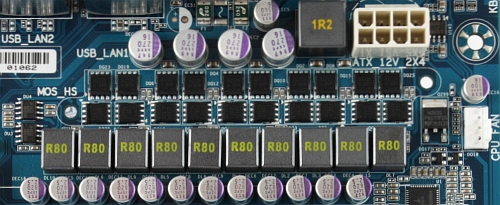
Click here for a high-res picture.
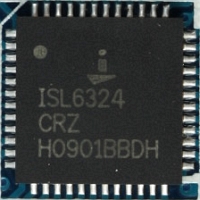
The VRM is an analog 4+1 phase design but with a dual lane approach. Each phase is built up as pair, which should improve stability, but in our opinion it's waste of money and creates a considerable increase in power consumption. It's driven by an Intersil ILS6324. This is a controller made for AMD split-plane CPUs, so you won't find this on any Intel board.
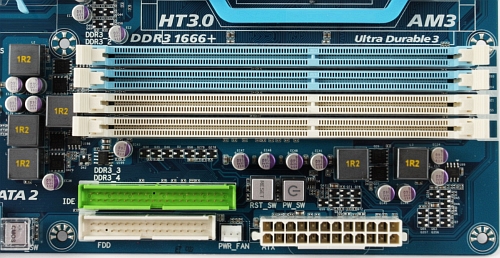
Click here for a high-res picture.
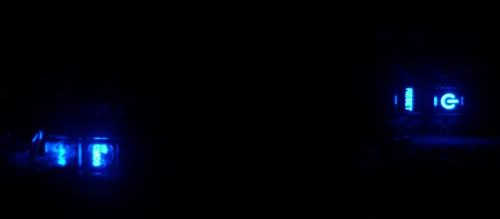
The memory slots are too close to the CPU socket. beneath you find PATA, Floppy and Power connectors. Also, all the buttons are located in this area which makes them pretty user-unfriendly. It's the first time the buttons are lit with a LED which cannot be disabled.
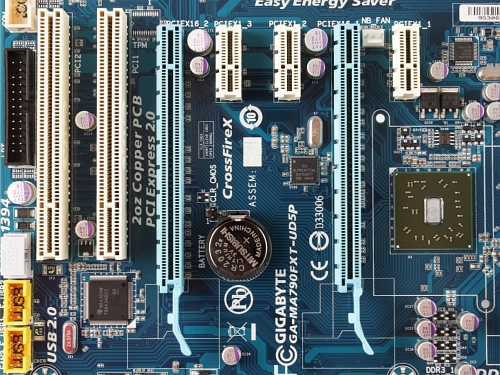
Click here for a high-res picture.
The slot design is very straight forward. Two PCIe 2.0 x16 slots give you the capability to use Crossfire. At least one PCIe x1 slot is always available, so you can at least upgrade with one card if you are using two three-slot PCIe graphics cards.
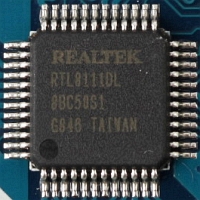
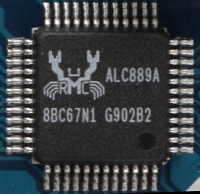
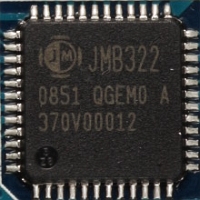
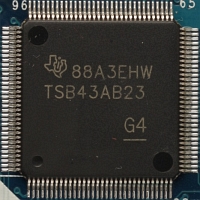
For some reason all vendors go for the cheapest PCIe Gb LAN solution on the market, which is the newly introduced Realtek RTL8111DL. It's an improvement over the RTL8111C and now supports 9k Jumbo Frames, but still Realtek is not known for very good performance, especially the I/O load is quite weak. A Marvell, Broadcom or Intel chip would have been a better choice, but of course opting for a better chip would also have increased costs. At least on high-end boards we should expect something better. This board features two of this chips. Also Gigabyte opted to use two JMB322 RAID 0,1 SATA port multipliers. Even on a high-end board nobody needs that many SATA-ports, but because the board does not feature native eSATA ports on the backpanel, you can use two of the ports to connect with the eSATA bracket. Of course we are not fans of such solutions because it's troublesome to have some cables crossing the board. Also the JMB322 is not an host controller, it multiplies existing ports from the south-bridge. Audio is also provided by a Realtek chip: the ALC889A. The ITE chip is a super I/O controller, for all legacy devices, such as floppy, LPT and COM ports and system fan/temperature management. An TI PCI Firewire controller give you high throughput for video cameras or even external hard-drives but will put a heavy strain on the PCI bus, an PCIe solution would have been the smarter choice.

Click here for a high-res picture.
The SATA connectors are on the edge of the board and all of them are angled at 90°. This is the best solution available because the connectors won't interfere with any cards. Sadly the PATA connector was not done in such way.
